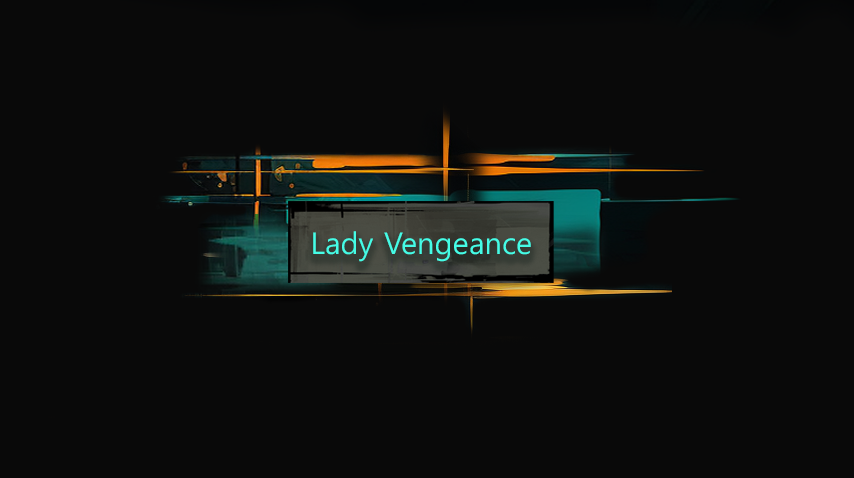Lady Vengeance (also known as Sympathy for Lady Vengeance) is a stylish and emotionally complex Korean revenge drama directed by Park Chan-wook. Released in 2005, it is the final installment of his acclaimed Vengeance Trilogy, which also includes Oldboy and Sympathy for Mr. Vengeance — though each film stands on its own.
The story centers around a woman who is released from prison after serving time for a crime she didn’t commit. As she reintegrates into society, she begins to put a carefully orchestrated plan into motion — one rooted in pain, loss, and a thirst for justice. But Lady Vengeance is far more than just a revenge tale. It’s a meditation on guilt, forgiveness, and the psychological toll of trauma.
Visually, the film is stunning — marked by Park’s signature use of color, slow motion, and hauntingly poetic imagery. The soundtrack is equally evocative, often blending classical music with intense emotion.
Here are two detailed scenes from “Lady Vengeance” that are relevant to the film and contain no spoilers:Lady Vengeance
Scene 1: The White Cake Ceremony
The film opens in a softly lit prison chapel. A young woman is being released after years of incarceration. Around her, fellow inmates — a mix of hardened faces and quiet gazes — gather to celebrate her departure with a symbolic gesture: offering her a piece of tofu cake, a Korean tradition symbolizing purity and a fresh start.
She accepts the cake with grace, her face calm, composed, almost saintlike. But behind her poised expression, something else simmers — quiet determination, unspoken pain, and a sense of purpose that transcends the moment.
This scene sets the tone for the entire film: gentle on the surface, but emotionally layered and charged with tension. The contrast between her serene appearance and the dark undertones of her past immediately draws the viewer into her inner world.
Scene 2: The Snowfall and Red Eyeshadow
Later in the film, the main character walks alone through a snowy street at night. Snowflakes drift slowly, muffling the sounds of the city. She wears a long, dark coat, and her face — now older, wiser — is partially obscured by the falling snow.
In this moment of quiet isolation, she takes out a small mirror and applies deep red eyeshadow to her lids. The motion is deliberate, ritualistic. It’s not vanity — it’s transformation. The red makeup stands out sharply against the white snow, symbolizing a shift from innocence to resolve, from victim to someone ready to act.
This visually poetic scene encapsulates much of what Lady Vengeance is about: the merging of elegance and intensity, the quiet power of a woman who has endured and evolved.

